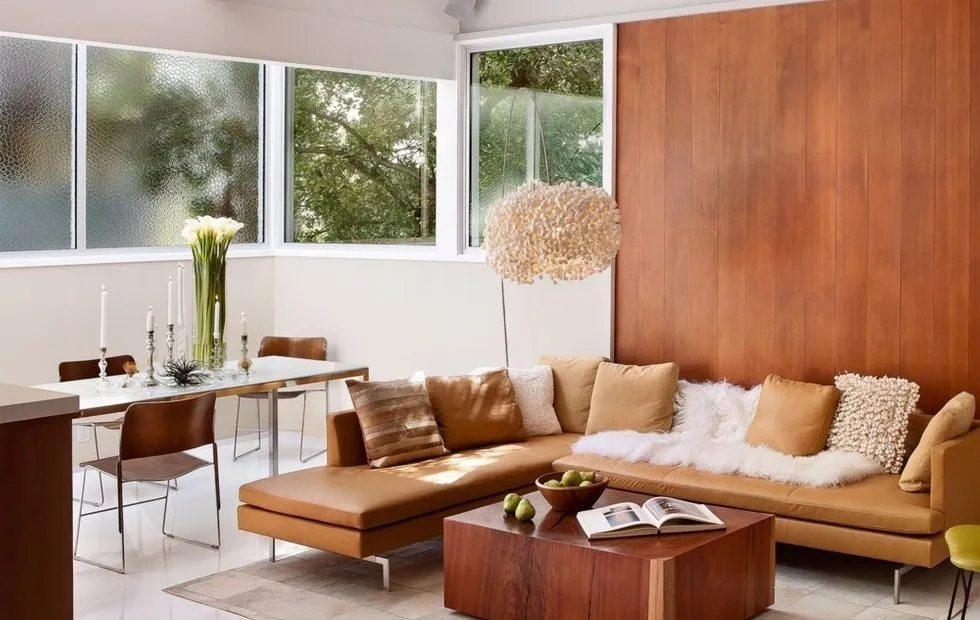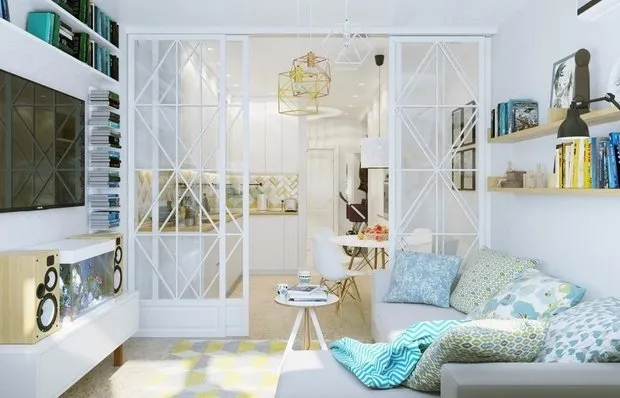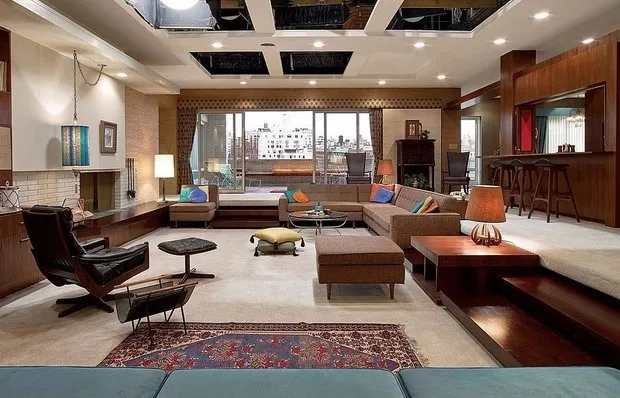There can be your advertisement
300x150
How to Insulate a Country House: 4 Tips from a Professional
According to statistics, more than 70 percent of heat losses in buildings occur through external walls and roofs (so-called enclosing structures). Therefore, it is extremely important to use modern thermal insulation systems when building country houses. Our expert lists the mistakes that cause a house to lose heat, and the owner to lose money on heating.
Bogdan Fedorchenko is an expert and director of construction at the company "Master," which specializes in building private houses.
1. Poor Insulation of Joints
Frequently, during house construction, the insulation of joints is overlooked, which results in "thermal bridges" – areas of structures where heat leaks out.
Pay attention to window sills, floor slabs at the contact point with the street, balconies in cantilever design, external walls of the foundation, first-floor floors, window and door openings, attic floor slabs. All these joints should be insulated according to the project.
 2. Building Degradation
2. Building DegradationHeat losses often occur due to heat leakage through gaps and holes at the exit points of various pipes, at joints where windows and doors are installed, at the transition from external wall to roof plane, and at the junction of basement floor slab and external wall. Review areas where materials meet in the project and supervise completion of works in these zones.
 3. Poor Ventilation
3. Poor VentilationMoisture on walls, especially in room corners and window sills – a frequent issue in modern homes. Walls become damp due to condensation of moisture from the air when surface temperature drops below the dew point. The dew point depends on air humidity – the higher the humidity, the higher the temperature at which condensation occurs.
For example, if indoor temperature is 20 degrees Celsius and relative humidity is 60 percent, condensation will appear at wall temperature of 12 degrees Celsius. To prevent mold formation, first strengthen thermal insulation in areas where condensation occurs, and secondly, use ventilation systems with automatic humidity control.
 4. Vapor Diffusion
4. Vapor DiffusionThis phenomenon occurs when moisture from indoor air seeps through building elements. This can cause insulation to become wet and change in size, and over time, cracks may appear. Due to the same reason, plaster on facades may peel off or even walls may collapse.
To prevent damage to structures caused by moisture penetration, internal surfaces of external walls should be provided with vapor barriers, and external surfaces should be insulated using vapor-permeable materials.
Read also:- How to Choose Material for House Cladding
- A Country Cottage in Denmark: Old Walls, Modern Interior
- 5 Most Embarrassing Mistakes During House Construction
More articles:
 11 Facts About Lilac You Didn't Know
11 Facts About Lilac You Didn't Know How to Decorate an Interior in Mid-Century Modern Style
How to Decorate an Interior in Mid-Century Modern Style 9 Signs You've Made the Right Choice for Kitchen Appliances
9 Signs You've Made the Right Choice for Kitchen Appliances 8 Mistakes Made by Designers and Contractors That Cost Owners Too Much
8 Mistakes Made by Designers and Contractors That Cost Owners Too Much Creating a Living Room Like in the TV Series 'Mad Men'
Creating a Living Room Like in the TV Series 'Mad Men' 13 Ideas for a Small Kitchen: Projects by Our Designers
13 Ideas for a Small Kitchen: Projects by Our Designers How to Decorate an Interior in Minimalist Style
How to Decorate an Interior in Minimalist Style 10 Golden Rules of Designing a Small Apartment
10 Golden Rules of Designing a Small Apartment